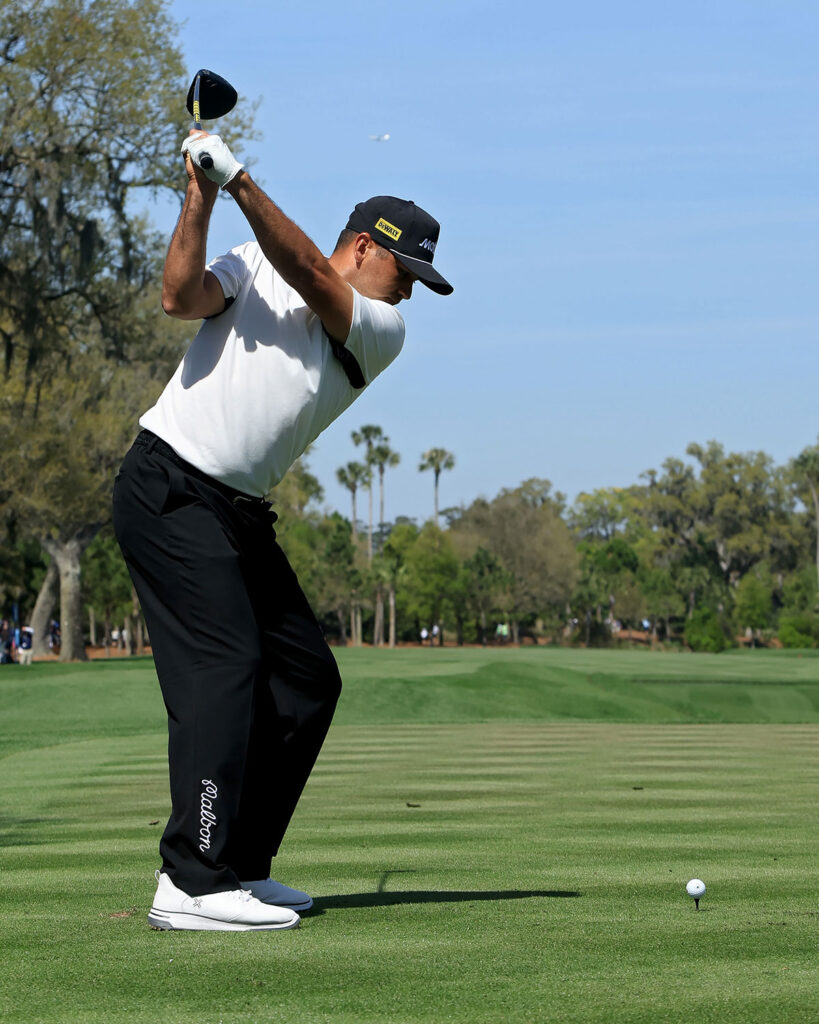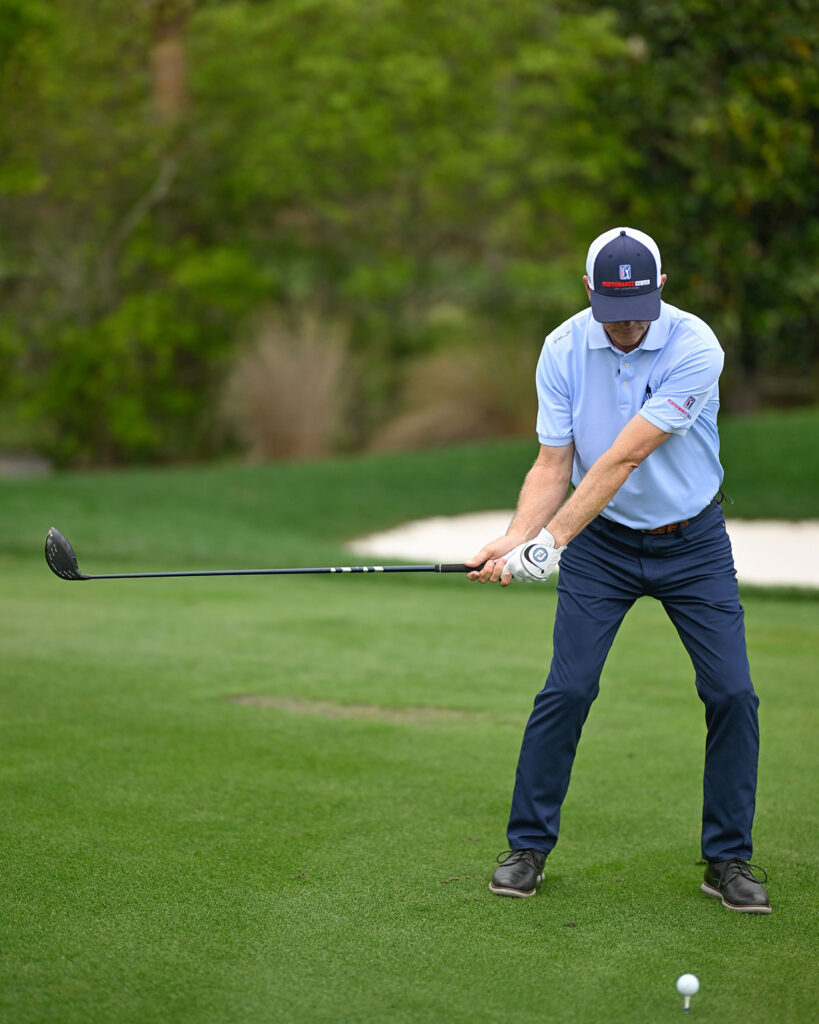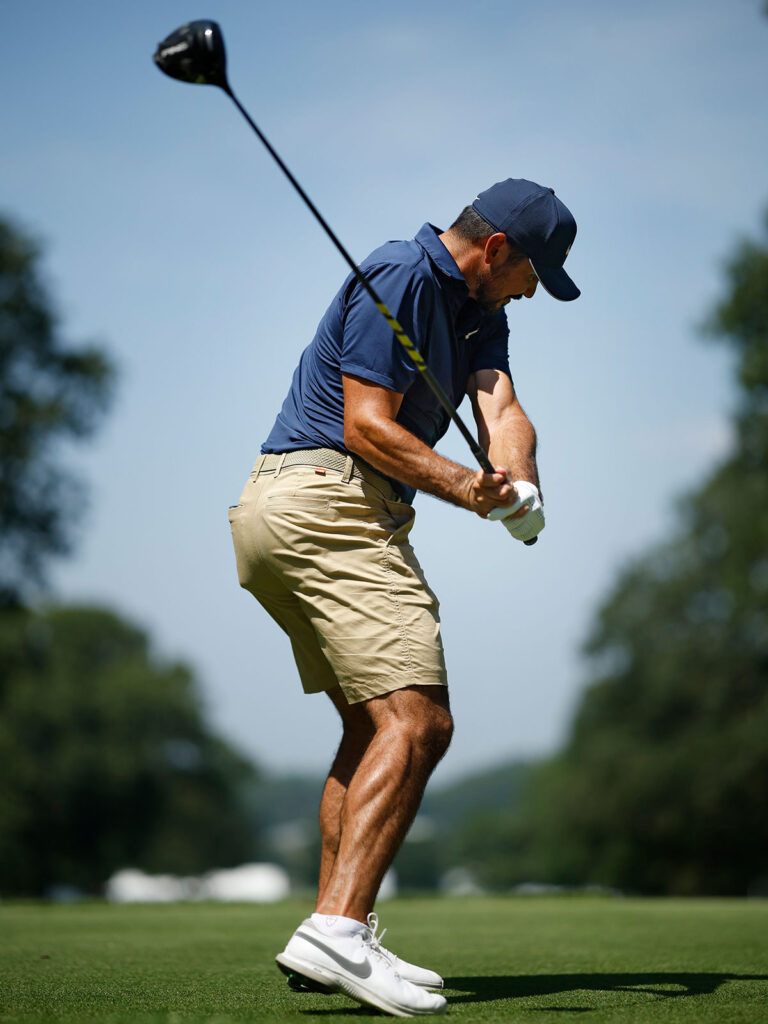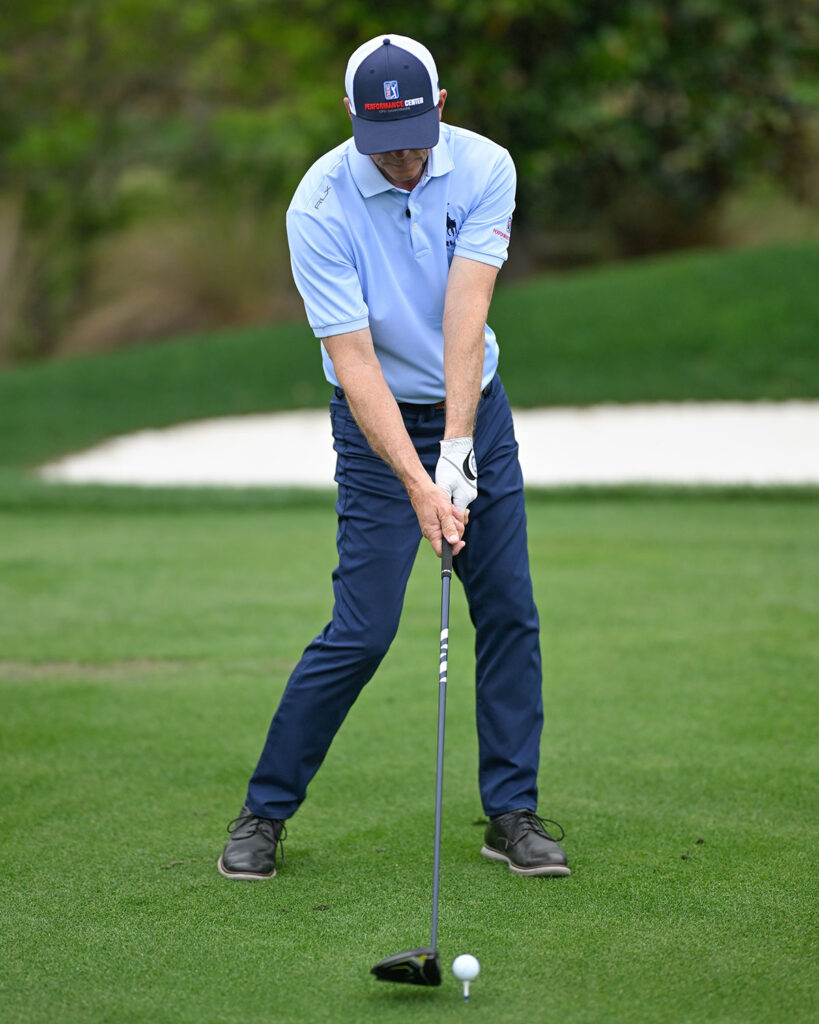Breaking down the swing that made Jason Day a winner again.
In 2015, Jason Day was one of the world’s top players, but he unfortunately endured a few injuries that saw him go through a winless streak. He subsequently made swing changes that has brought his game back to that top level again. In this tutorial, we’ll talk about those changes and how it essentially relieved the pressure in his lower back, yet still allowed him to hit great golf shots and becoming a winner again on the PGA Tour.

It’s all in the hips
When you look closely at the changes in Jason’s golf swing from 2015 to today, you will notice he had a very restricted hip turn previously [Feature Image]. So on his backswing, he didn’t turn his hips very much, whereas now he is allowing his right hip to turn back and load more into his right leg. This new hip action allows his arms and club to swing more around his body on the backswing as opposed to his wider, more upright plane in 2015.

Angle of attack
Jason’s old upright backswing produced a steeper/narrower angle of attack. Because he pulled down aggressively with the left side at the start of the downswing, his upper body would tilt back away from the target and the shaft would get closer to his right shoulder. This leaning back produced a lot of side bend in his spine, and this put a lot of pressure on his lower back [photo 2]. The action would cause him to have to use his hands to fix his release through impact. Although this was a unique swing, Jason’s talent made it work.


Shallower into the ball
With the new swing changes, he now has a deeper right hip turn [photo 3], lower left-arm plane and can deliver his arms more efficiently from around his body. This new action doesn’t have as much torque between his lower and upper body. Jason now lowers the club by lengthening his right arm versus pulling the club down with his left side [photos 4 and 5] and he is more level in his delivery position into the ball with less side bend [photo 6]. From here, his right side can stay higher, rotate out in front of him and move with the club through impact. This relieves all the pressure on his lower back and allows him to release his body, arms, hands and the clubface through impact without manipulating the clubface.

So it’s all about a little more hip turn, swinging a bit more around on the backswing, lengthening the right arm with a higher right side so that the right side can release through impact to improve clubface control.
getty images: PGA Tour



